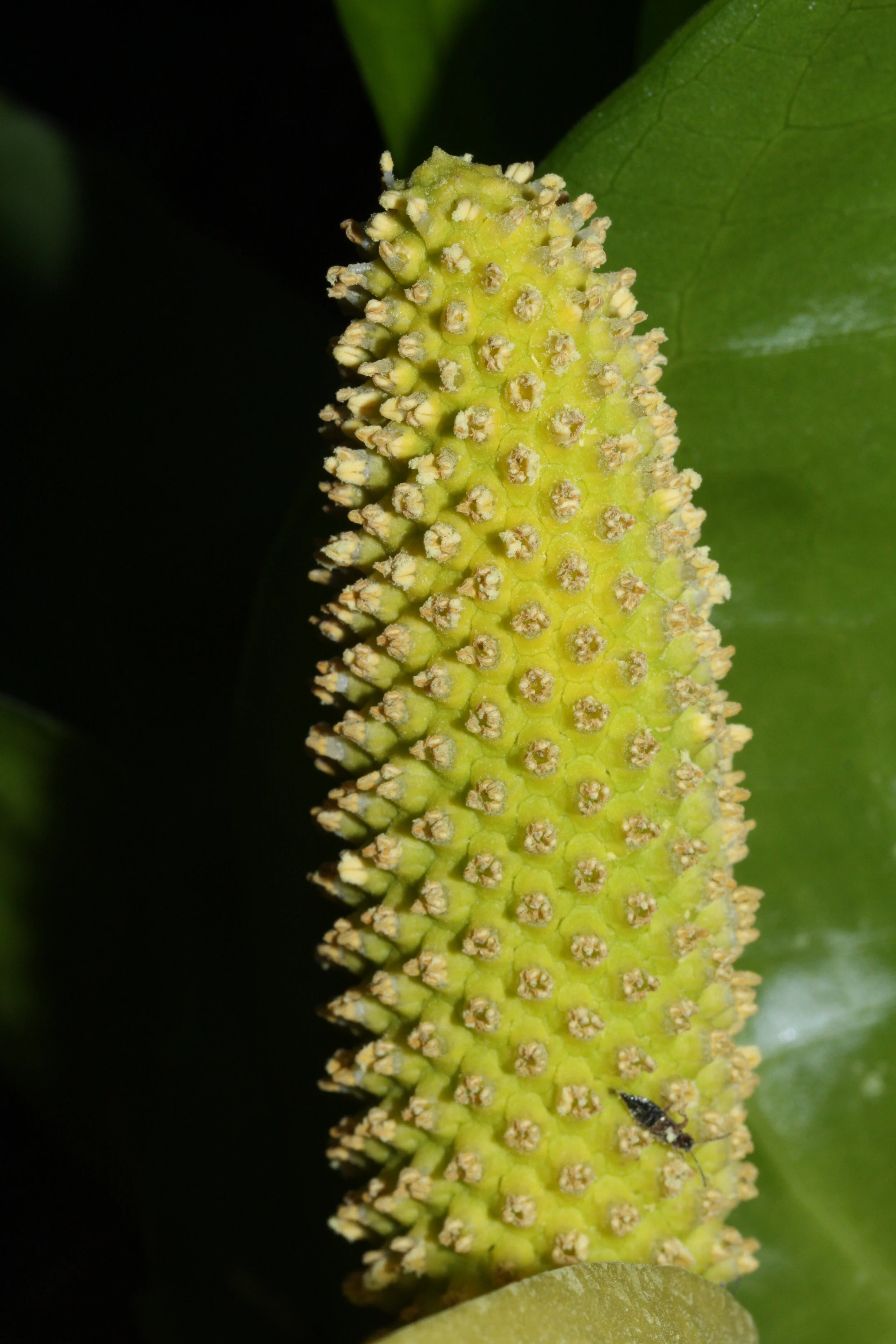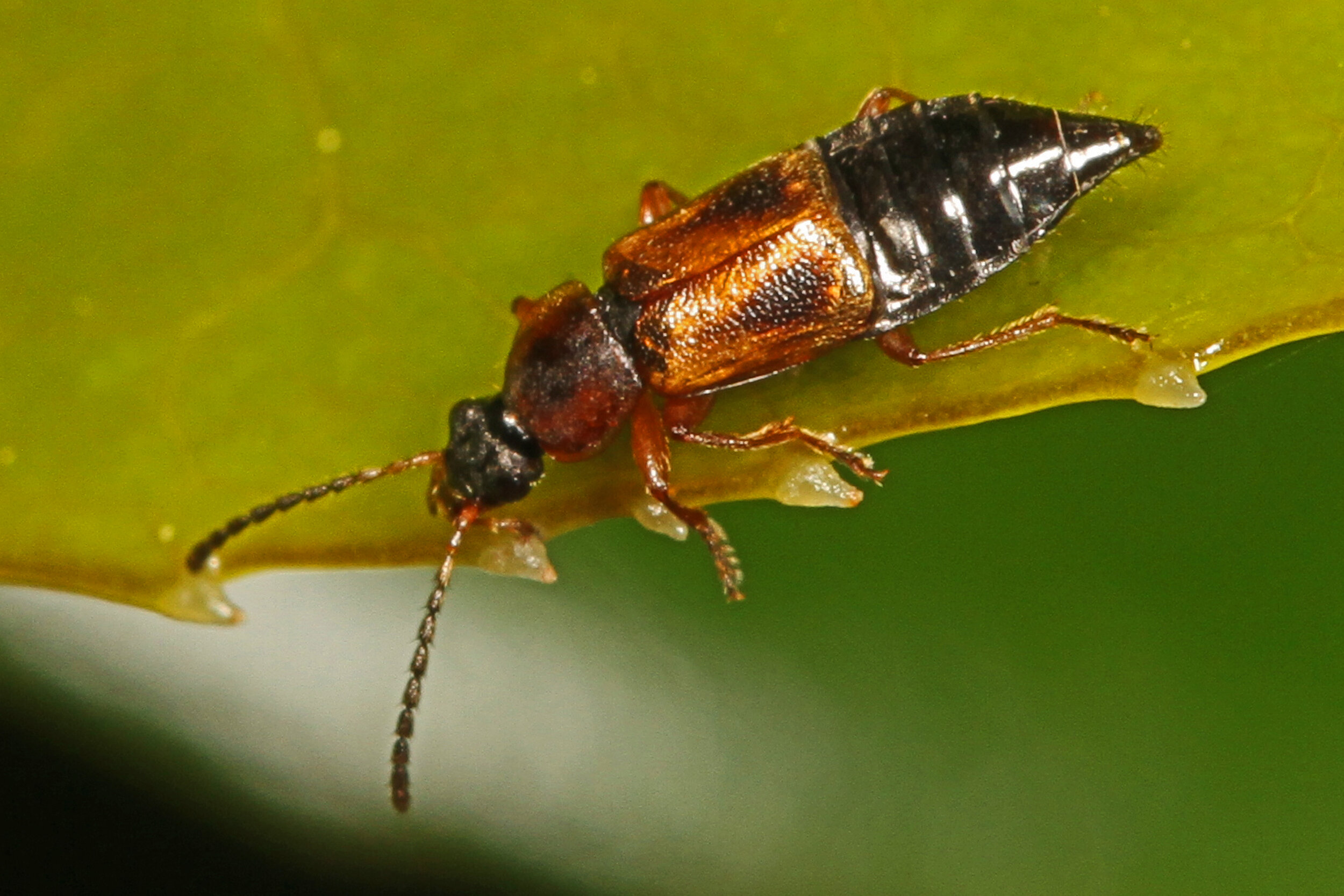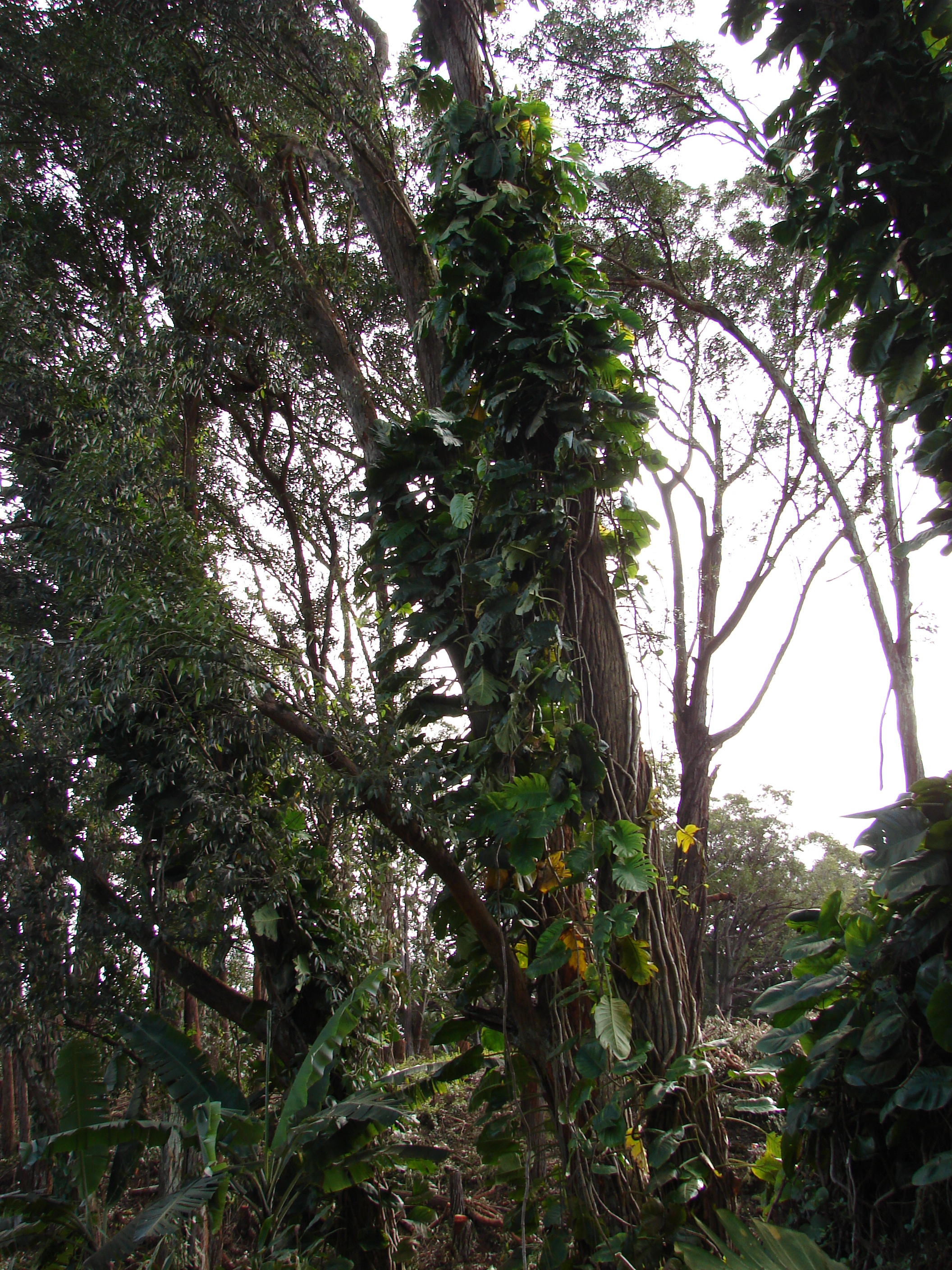There are a variety of ways that the boundaries between species are maintained in nature. Among plants, some of the best studied examples include geographic distances, differences in flowering phenology, and pollinator specificity. The ability of pollinators to maintain species boundaries is of particular interest to scientists as it provides excellent examples of how multiple species can coexist in a given area without hybridizing. I recent study based out of Japan aimed to investigate pollinator specificity among fungus gnats and five species of Jack-in-the-pulpit (Arisaema spp.) and found that pollinator isolation is indeed a very strong force in maintaining species identity among these aroids, especially in the wake of forest disturbance.
Fungus gnats are the bane of many a houseplant grower. However, in nature, they play many important ecological roles. Pollination is one of the most underappreciated of these roles. Though woefully understudied compared to other pollination systems, scientific appreciation and understanding of fungus gnat pollination is growing. Studying such pollination systems is not an easy task. Fungus gnats are small and their behavior can be very difficult to observe in the wild. Luckily, Jack-in-the-pulpits often hold floral visitors captive for a period of time, allowing more opportunities for data collection.
By studying the number and identity of floral visitors among 5 species of Jack-in-the-pulpit native to Japan, researchers were able to paint a very interesting picture of pollinator specificity. It turns out, there is very little overlap among which fungus gnats visit which Jack-in-the-pulpit species. Though researchers did not analyze what exactly attracts a particular species of fungus gnat to a particular species of Jack-in-the-pulpit, evidence from other systems suggests it has something to do with scent.
Like many of their aroid cousins, Jack-in-the-pulpits produce complex scent cues that can mimicking everything from a potential food source to a nice place to mate and lay eggs. Fooled by these scents, pollinators investigate the blooms, picking up and (hopefully) depositing pollen in the process. One of the great benefits of pollinator specificity is that it greatly increases the chances that pollen will end up on a member of the same species, thus reducing the chances of wasted pollen or hybridization.
Still, this is not to say that fungus gnats are solely responsible for maintaining boundaries among these 5 Jack-in-the-pulpit species. Indeed, geography and flowering time also play a role. Under ideal conditions, each of the 5 Jack-in-the-pulpit species they studied tend to grow in different habitats. Some prefer lowland forests whereas others prefer growing at higher elevations. Similarly, each species tends to flower at different times, which means fungus gnats have few other options but to visit those blooms. However, such barriers quickly break down when these habitats are disturbed.
Forest degradation and logging can suddenly force many plant species with different habitat preferences into close proximity with one another. Moreover, some stressed plants will begin to flower at different times, increasing the overlap between blooming periods and potentially allowing more hybridization to occur if their pollinators begin visiting members of other species. This is where the strength of fungus gnat fidelity comes into play. By examining different Jack-in-the-pulpit species flowering in close proximity to one another, the team was able to show that fungus gnats that prefer or even specialize on one species of Jack-in-the-pulpit are not very likely to visit the inflorescence of a different species. Thanks to these preferences, it appears that, thanks to their fungus gnat partners, these Jack-in-the-pulpit species can continue to maintain species boundaries even in the face of disturbance.
All of this is not to say that disturbance can’t still affect species boundaries among these plants. The researchers were quick to note that forest disturbances affect more than just the plants. When a forest is logged or experiences too much pressure from over-abundant herbivores such as deer, the forest floor dries out a lot quicker. Because fungus gnats require high humidity and soil moisture to survive and reproduce, a drying forest can severely impact fungus gnat diversity. If the number of fungus gnat species declines, there is a strong change that these specific plant-pollinator interactions can begin to break down. It is hard to say what affect this could have on these Jack-in-the-pulpit species but a lack of pollinators is rarely a good thing. Certainly more research is needed.
Photo Credit: [1]
Further Reading: [1]
![[SOURCE]](https://images.squarespace-cdn.com/content/v1/544591e6e4b0135285aeb5b6/1615476638537-DVF512X71F5WIY3MR9GT/mcaa204f0001.jpeg)





![Anatomy of a mouse plant inflorescence [SOURCE]](https://images.squarespace-cdn.com/content/v1/544591e6e4b0135285aeb5b6/1557945730300-PS22LHE82GUKE9OWKEJA/mouse+cross.JPG)





